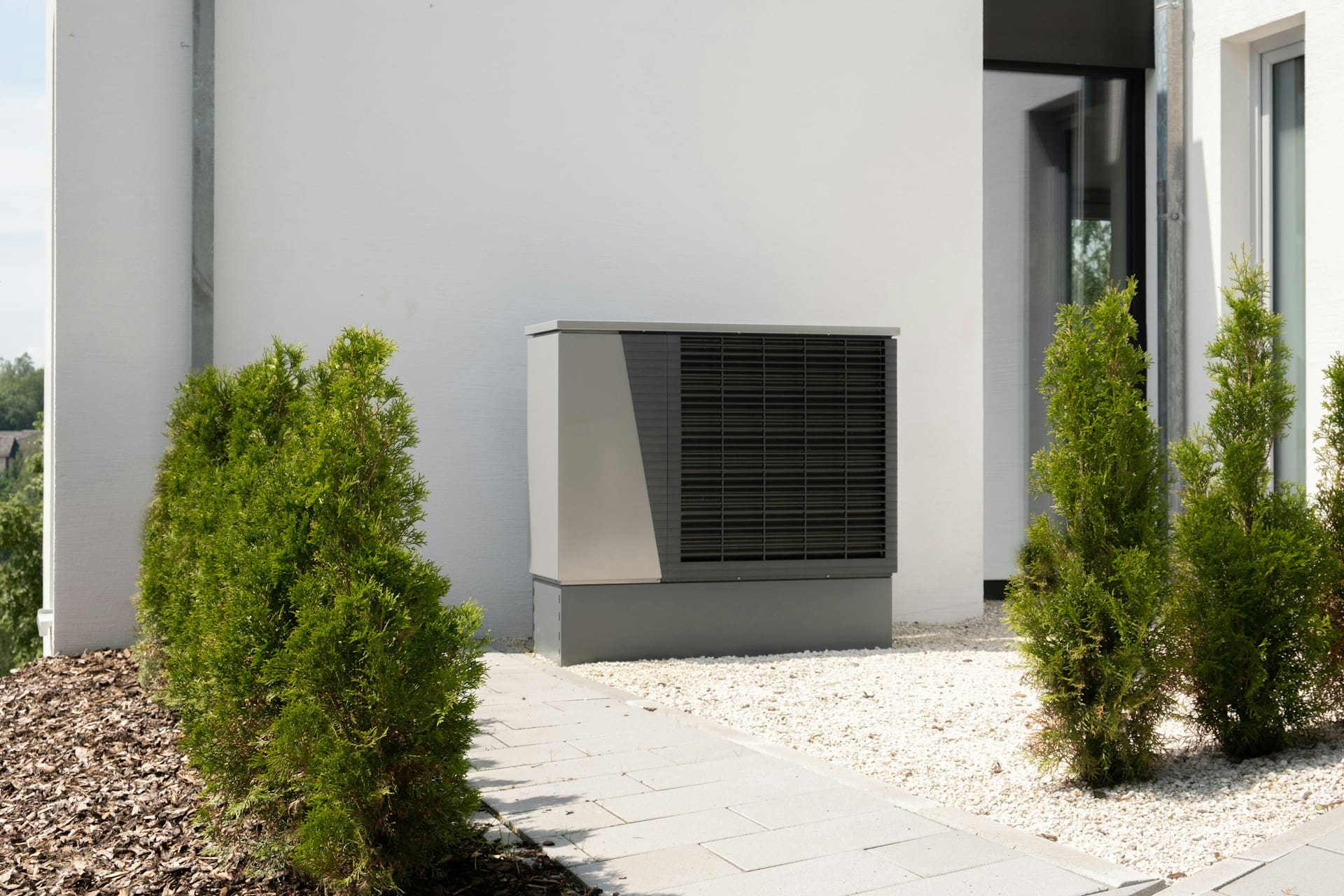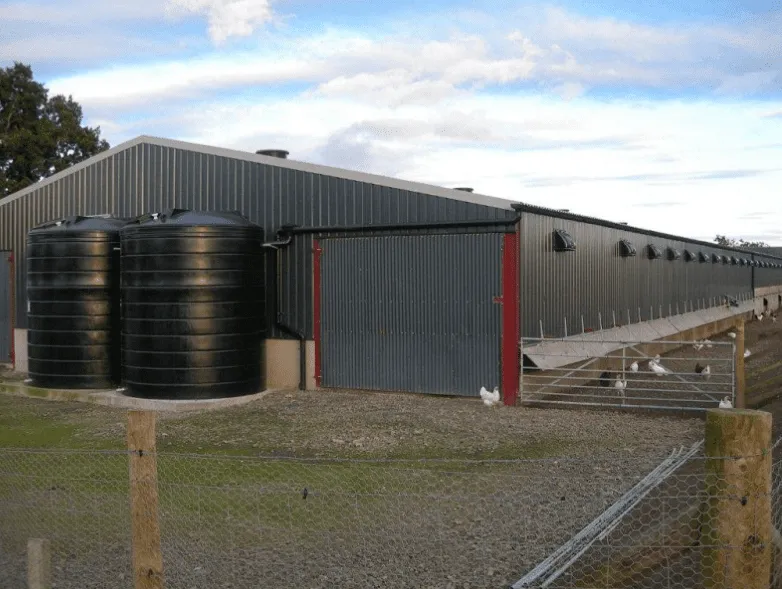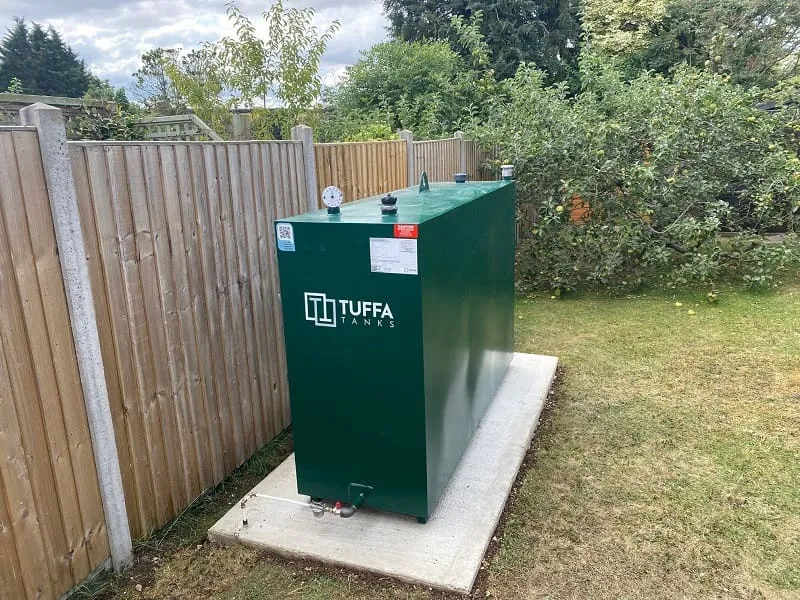We’ve been manufacturing bulk liquid storage tanks for over 30 years and have the capacity to manufacture tanks for numerous fuels and liquids. In our time we’ve assisted a huge variety of companies from a diverse range of industries with their chemical storage requirements. Paramount to our success is ensuring that every component of every chemical tank we manufacture is compatible with the chemical being stored. We’ve made this Expert Guide to Chemical Storage Tanks to answer your FAQs and help you decide which chemical tank fits your storage needs.
Do chemical tanks and chemical storage need to be bunded?
Where the chemicals being stored are harmful and a leak risks damaging the environment then chemical tanks should always have Secondary Containment able to contain at least 110% of the primary tank’s contents. This can be integrally bunded (a tank within a tank) or a single skin tank with an open bund – often a concrete construction with a coating able to withstand the liquid being stored. As a low-capacity mobile storage container IBCs are usually and often do not require a bund.
What are the chemical storage regulations and can chemical tanks be installed inside?
Usually, chemical tanks can be located inside a building. However, there are no universal regulations dictating the location of all chemical tanks – this depends upon the specific chemical being stored. The individual Safety Data Sheet should contain details on best practice for storing a specific chemical and a suitable risk assessment should always be conducted. While no universal regulations govern all chemicals, the liquid may need to comply with regulations such as:
Control of Substances Hazardous to Health Regulations (COSHH)
Dangerous Substances and Explosive Atmospheres Regulations (DSEAR)
Control of Major Accident Hazards (COMAH)
How do we ensure our tanks are compatible with the chemical being stored?
When manufacturing a chemical tank we request a Safety Data Sheet from the client. With this information, we check that every tank component is suitable for the chemical so that chemical reactions which might affect the integrity of the tank or the chemical’s properties do not occur.
Some ways we adapt the tank to suit a chemical include using a heavier polymer shot weight and wall thickness for higher gravity chemicals; ensuring all seals, pipework, hoses and outlets are compatible; and ensuring any third party equipment is compatible. The viscosity and freezing point of chemicals also vary and may require temperature control.

What are the advantages of chemical tanks?
Chemical tanks are ideal for industrial, commercial and manufacture use where large volumes of chemicals need to be stored safely. Chemical storage tanks are frequently used as an ‘upgrade’ for IBCs when their comparatively small capacity, inefficiency and higher risk factor makes IBCs no longer suitable.
One of the greater benefits of chemical tanks when compared to IBCs is the ability to modify the tank to suit a huge variety of applications. Often complex pipework systems are required for safe fluid transfer at the optimum flow rate and pressure for processes such as neutralising, diluting and mixing. For these processes, stationary chemical tanks are typically required.
For companies requiring bulk storage, chemical tanks benefit from being more cost-effective as bulk buying chemicals is cheaper and reduces the number of and cost of deliveries or collection of waste liquids. Bunded stationary tanks are also more environmentally friendly when compared to IBCs which are more prone to leaks, spills and misuse and lack Secondary Containment.
What are the advantages of Tuffa’s chemical tanks?
We believe that our rotomoulded plastic tanks provide the ideal bulk storage for most chemicals and requirements. The polyethylene used is extremely durable, UV stabilised and resists corrosion from most chemicals. The rotomoulding process, ribbed design and higher than average polymer shot weight create a primary tank and bund with an extra thick tank wall providing maximum protection. When compared to thermoplastic construction, rotomoulding is usually more cost-effective with quicker manufacturing times.
As standard, our chemical storage tanks come in standard sizes from 1,350 to 15,000 litres but can be interlinked to achieve higher capacities. All of our chemical tanks are bunded and checked against Safety Data Sheets to ensure compatibility and safe storage. A range of optional extras including lockable cabinets, gauges, outlets, temperature control, ladders and platforms, and Armco barriers adapt the tank to exact site requirements and improve safety.

Temperature controlled chemical storage
Some chemicals have certain temperature parameters (a minimum and maximum temperature) in which they need to be stored. Temperatures outside these parameters can cause changes in viscosity and prohibit liquid transfer. Or, the chemical can become adversely affected, no longer usable, freeze and crack the tank, or can even become volatile. Details on the correct temperature to store your chemical can be found in the Safety Data Sheet.
At Tuffa we can provide chemical tanks with insulation and heating solutions suited to the application. Immersion heaters (which act like a kettle or aquarium heater) sit within the tank directly heating the stored liquid. We can also fit trace heating coils within the bund to control the temperature around the primary tank without direct heat contact with the chemical. The chemical’s temperature is then monitored and controlled using a local and/or remote temperature controller.
How can I dispose of industrial chemical waste?
Chemical waste is often a by-product of industrial and manufacturing processes. Due to the risk of harm to public health and the environment, it’s important to establish a waste management system in line with Hazardous Waste Regulations. Businesses storing waste chemicals in large volumes will typically use a waste disposal company to collect the hazardous chemicals. These specialists will process the waste safely and where possible recycle the chemicals. The waste disposal company will often require a waste classification code to ensure correct disposal and recycling.
What are the applications of chemical storage tanks?
Chemical storage tanks have a huge range of applications for manufacturing, construction, commercial, agricultural, transport use and more. Liquid chemicals are used in the majority of products available in the shelf including plastics, apparel, cosmetics and pharmaceuticals. Chemicals will have also been used to make the ‘shelf’, construct the ‘shop’ and aided transport of all the goods and shoppers. Compound chemicals are the most common chemicals used industrially and will have numerous uses. Here are a few commonly used chemicals and some of their uses:
De-Icer Storage Tanks
Various chemicals can be used as a deicing fluid, but, it’s typically made up of propylene glycol (as found below) or ethylene glycol and mixed with thickening agents. Heavy snowfall can cause airport closures and flight cancellations causing airlines millions of pounds of lost revenue. Large airports operate very close to full capacity meaning even small delays to flight schedules can lead to flight cancellations. Airports and airlines need to have huge quantities of de-icer available ready to coat both planes and runways in precautionary de-icer and de-icer for established ice and snow. Tuffa’s de-icer tanks are installed at most of the major UK airlines including Manchester Airport which currently uses 7 of our 15,000 litre de-icer tanks interlinked to achieve an effective capacity of 105,000 litres. Check out the case study here.
Hydrochloric Acid Storage
As well as aiding digestion by regulating the pH level in our stomachs, hydrochloric acid has many industrial uses including balancing pH levels of water, food and pharmaceuticals. It is used in the production of steel in the ‘pickling’ process where rust is removed from steel coils and sheets. Its use in the production and processing of PVC, batteries, bulbs, fireworks, leather, salt, sugar and oil production make it one of the most widely used chemicals. Due to its corrosive nature, hydrochloric acid should be stored in plastic tanks.

Sulphuric Acid Storage
It’s estimated around half of sulphuric acid is used to make phosphate fertilisers. Like hydrochloric acid, sulphuric acid is used in the production of batteries, and processing metals such as iron, copper and steel. Sulphuric acid is also used to ‘clean’ impurities from petrochemicals.
Nitric Acid Storage
By far the most common use of nitric acid is in the production of ammonium nitrate fertilisers. However, it is also used for the manufacturing of solutions for producing plastics, synthetic fibres and dyes. In its pure state nitric acid has medicinal purposes including as a caustic to remove warts while ammonium nitrate is used as a blasting agent in mining.
Calcium Nitrate Storage
Calcium Nitrate is largely used as a nitrogen fertilizer within the agricultural industry. However, other uses include wastewater odour prevention and in accelerating concrete setting.
Sodium Hydroxide Storage
Sodium Hydroxide is also known as caustic soda or lye and is a very versatile substance with a range of applications. It’s used to manufacture everyday products like paper and soaps as well as pharmaceutical products like aspirin or anticoagulants. It’s also used as a cheap source of alkali with applications such as treating municipal water to control acidity and help remove metals from the water.
Ferric Chloride Storage
Ferric Chloride is most commonly used in the removal of impurities from water, in the pretreatment of seawater before desalination and in wastewater treatment. High-grade ferric chloride provides a catalyst for chemical reactions and is used in the production of printed circuit boards.
Ethylene Glycol Storage
Ethylene glycol has commercial and industrial applications including as an antifreeze and coolant. It can also be used as a heat transfer fluid for heating, in air-conditioning systems or for industrial coolants of gas compressors. Ethylene glycol is also used as a raw material in the production of polyester fibres for clothing and upholstery; fibreglass for manufacturing products such as bathtubs; and polyethylene for bottles or even plastic tanks.
Mono Propylene Glycol Storage
Mono Propylene Glycol is commonly used as a de-icing fluid particularly for runways and aeroplanes. The chemical is also found in a variety of cosmetic and personal care products including moisturisers, shampoo, fragrances and soap.
For your chemical storage tank enquiries and quotes please contact our Sales team by emailing [email protected], calling 01889 567700 or using our web enquiry form. We’ll be happy to talk through your enquiry or recommend and manufacture a chemical tank that meets your site specifications.






























